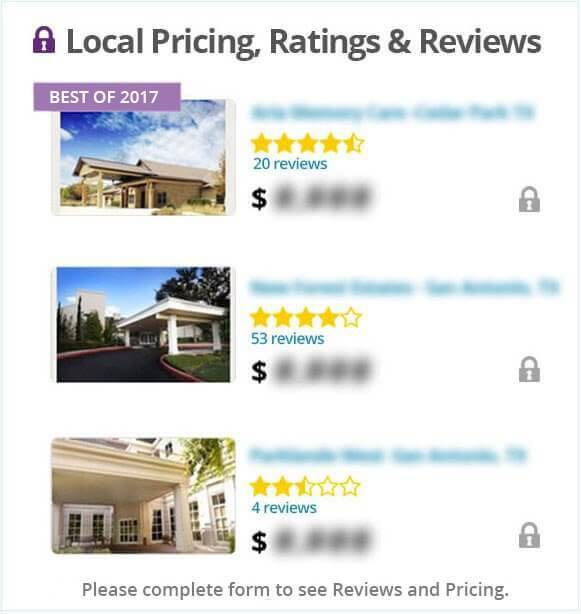How well do you know your 401(k) retirement plan?
What is a 401(k) retirement plan?
Qualified Plans – 401(k) Retirement Plan and Pension Plan
How much should you be contributing towards your 401(k) retirement plans?
How to estimate your pension balance using a 401(k) calculator?
What is a 401(k) retirement plan?
The 401(k) retirement plan is one of the more popular retirement plans available to employees in America. Since the late 1970s, generations of workers have saved their hard earned money in this retirement plan to provide a nest egg for their golden years.
A 401(k) retirement plan is a savings plan for retirement proposed by employers to their employees. It provides a means for employees to save a piece of their wages before taxes can be applied. And many employers equally use the 401(k) retirement plan to distribute stock to their workers. Taxes are normally paid only at the moment of withdrawing money from the 401(k) retirement account.

In America, a 401(k) plan simply means the retirement or pension plan found under subsection 401(k) of the Internal Revenue's Pension Codes.
Qualified Plans – 401(k) Retirement Plan and Pension Plan
There are two kinds of qualified plans – Pension plans and the 401(k) retirement plan. While Pension Plans are usually considered a defined-benefit qualified plan, 401(k) plans are more a defined-contribution plan. That is the 401(k) plan amount is determined by contributions made to the plan and the performance of investments chosen in the plan.
Originally 401(k) retirement plans came into existence as a means to supplement regular pension funds offered by most employers during the 1970s and 1980s. Pension funds were usually managed by employers themselves and they paid out a regular income for retired employees over the course of their retired years. Employees in an industry that enjoy a strong union or in a government employment are still eligible for pensions. But with rising costs of maintaining and offering this service for retirees, employers started proposing 401(k) retirement plans instead of pension plans from the early 1980s.
A 401(k) plan is a qualified plan which implies it is ruled by the tax code and conditions stipulated under the Retirement Security Act of 1974.
While the amount saved in the 401(k) plan is not taxable until the amount is cashed out by the person, the Roth 401(k) retirement plan allows persons to make contributions on an after tax basis, so that when it is withdrawn, taxes are exempt under this particular version.
A 401(k) retirement plan gives you the flexibility to control how you want your savings invested. You can choose from a diversity of stocks, bonds, mutual funds and market share investments. One of the more popular options still remains investing in various bonds and stocks that gradually turn out to be more conservative with age, collectively known as target-date funds.
While a 401(k) plan induces one to save and plan for retirement, it can have certain restrictions and inconveniences. Usually you cannot have access to any contributions made by your employer. Vesting refers to the amount of time you have to work for your employer before you can cash out your savings. Your contributions however need to be invested regularly.
There are complicated caveats about cashing out early or withdrawing, and penalties can be applicable if all conditions are not met. This is mainly to provide a check against employees leaving early or leaving the workforce before appropriate retirement age.
A typical employer usually hires someone like Fidelity Investments to manage the 401(k) plans of their employees. The administrators at these investment companies will inform employees about how their plan evolves over time and send them regular updates and counsel employees regarding any requests and adjustments as required.

How much should you be contributing towards your 401(k) retirement plans?
While it is tempting to say you should be saving as much as possible towards your retirement plan, keep in mind that you still need money to live your everyday life. A good minimum would be to save at least enough to get the full matching amount your employer will contribute towards your 401(k) plan. According to Profit Sharing/401k Council of America, most employers match at least 3% of your salary. It would be a tremendous waste in missing out on this matched amount because you were careless to not set aside 3% of your salary towards retirement savings.
Matching 3% of your salary simply means if you set aside 3% of your salary, your employer will match that amount towards your retirement savings. While you can go over the 3% personally, most employers won’t go over this. And certain rules may apply for contributions so always check about any conditions that need to be met to be eligible.
For 2017, the IRS sets employee contribution limits to about $18,000. Employees who are + 50 by the end of the year are allowed to make additional catch-up contributions of up to $6,000. The maximum amount allowed for combined employer/employee limit remains $53,000 for 2016 and $54,000 in 2017. This increases to about $59,000 for those aged +50.
How to estimate your pension balance using a 401(k) calculator?
A 401(k) calculator helps you estimate the balance in your 401(k) retirement plan at the moment of withdrawing your retirement savings. By using a typical 401(k) calculator, if you can input certain criteria then one can arrive at an approximate estimation of the amount you can expect, before taxes, when you retire.
Usually the criteria a 401(k) calculator requires as information may include the following – current age, expected retirement age, annual income, expected life expectancy, current 401(k) balance, expected salary increases over forthcoming years, contribution percentage which refers to percentage of your income including those matched by your employer towards your pension savings, and so on.
401(k) Retirement Plan Distribution Rules
- Upon the employee’s disability, retirement, death, or when quitting the employer’s service
- When the employee turns 59 years or older
- When the employee can prove they are undergoing a tremendous hardship experience, as permitted by the plan rules
- When the plan has reached maturity or been otherwise terminated.
Usually the funds from a 401(k) retirement plan can only be withdrawn under the following circumstances:
The ever popular 401(k) Retirement Plan is set to remain the go-to choice for retirement savings plans for years and it would be good idea to know about your own by contacting your employer's HR division and plan provider.
No Obligation
Assisted Living with How well do you know your 401(k) retirement plan?



